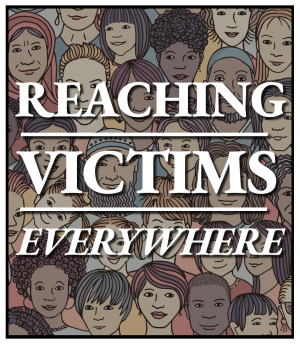The Opioid Crisis
Throughout the Nation, communities are struggling to respond to drug abuse and addiction—particularly from opioids—and the associated social and economic consequences, including crime victimization. Many officials and social service providers have said they are overwhelmed and unequipped to respond to the volume and severity of situations associated with the public health emergency presented by the opioid epidemic.
According to the Centers for Disease Control and Prevention, more than 72,000 Americans lost their lives to drug overdoses in 2017—an increase from 64,000 overdose deaths in 2016. According to the Office of the Assistant Secretary for Planning and Evaluation at the U.S. Department of Health and Human Services, many communities across the Nation are experiencing dramatic increases in their foster care caseloads. These increases are related to trauma, poverty, and substance abuse—particularly the abuse of opioids, heroin, marijuana, alcohol, cocaine, and a combined use of drugs termed "polysubstance abuse."
OVC launched the Enhancing Community Responses to the Opioid Crisis: Serving Our Youngest Crime Victims Program to address the urgent gaps in crime victim services related to the opioid epidemic and to establish new or expand upon existing programs to provide services to children and youth who are crime victims as a result of the opioid crisis. In FY 2018, OVC awarded a total of $29.8 million in program grants to 41 sites and a technical assistance provider. Examples of community responses that this program will support include school-based programs, foster care and child welfare systems, counseling and assistance programs, child advocacy programs, court-appointed special advocates, mentoring and tutoring programs, civil legal services, and faith-based programs.




